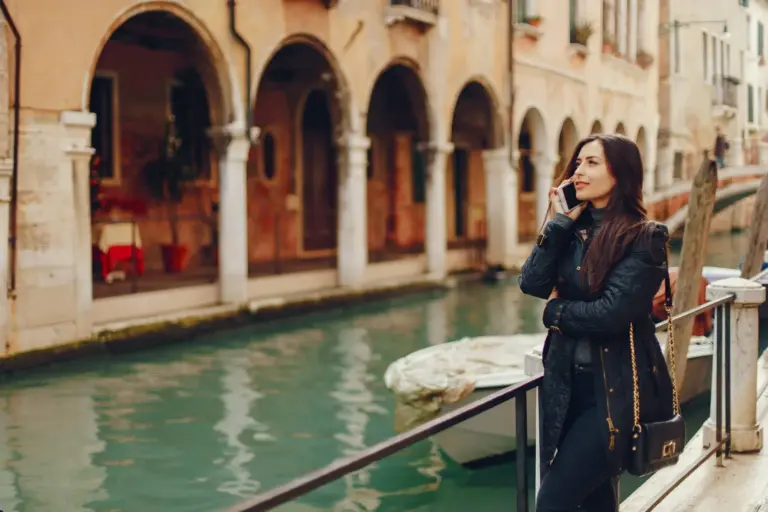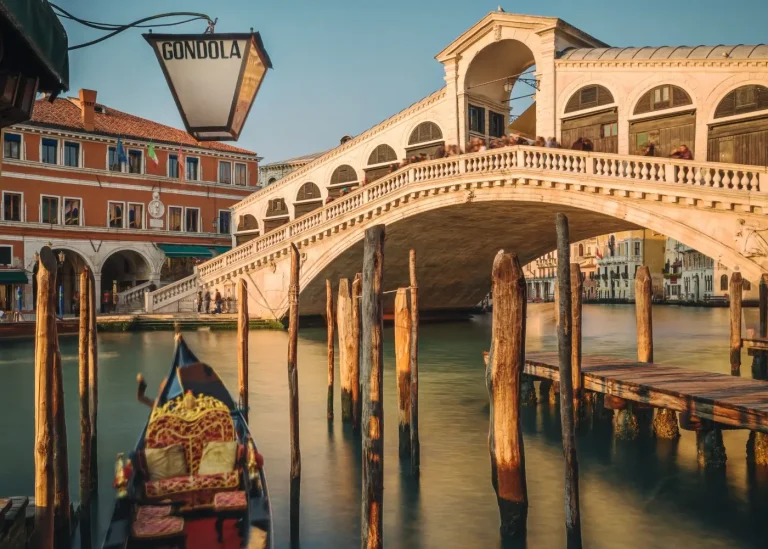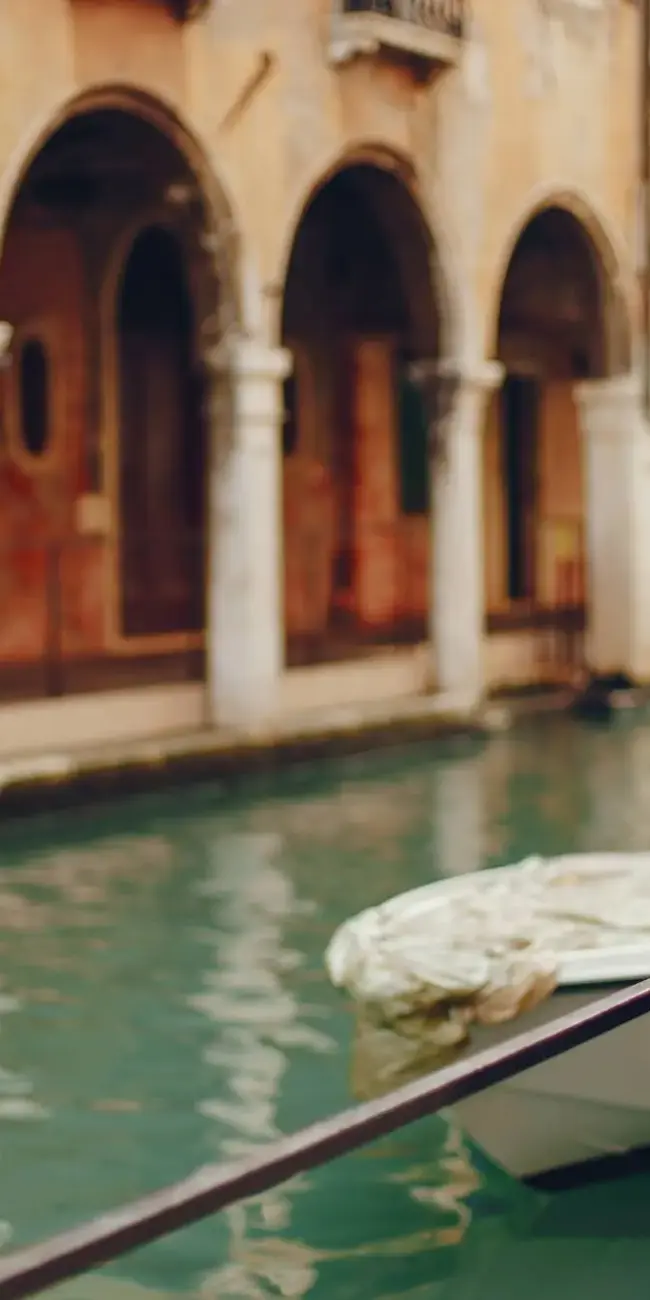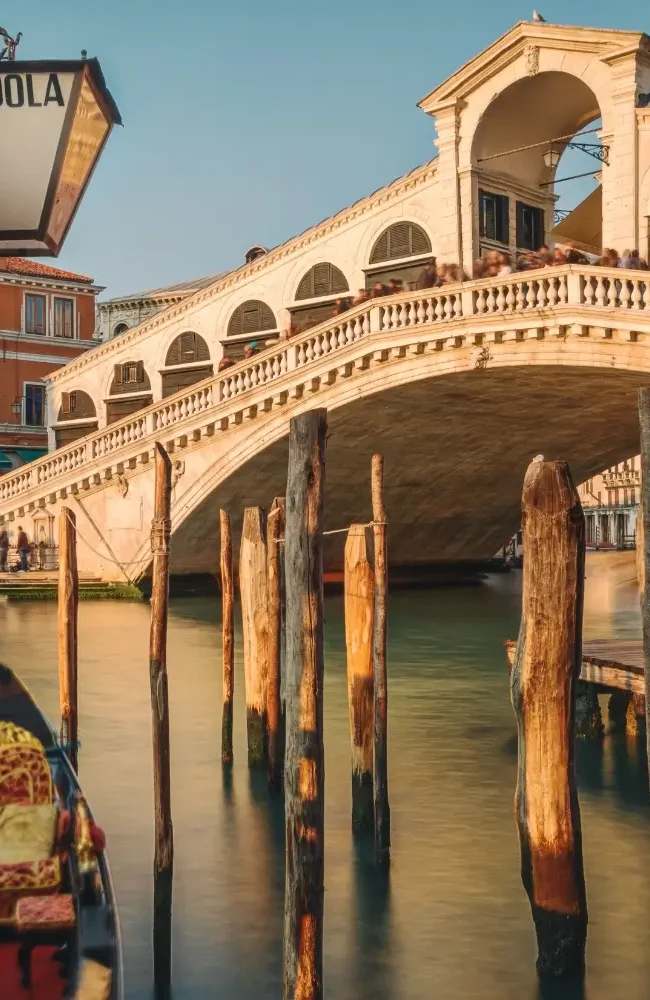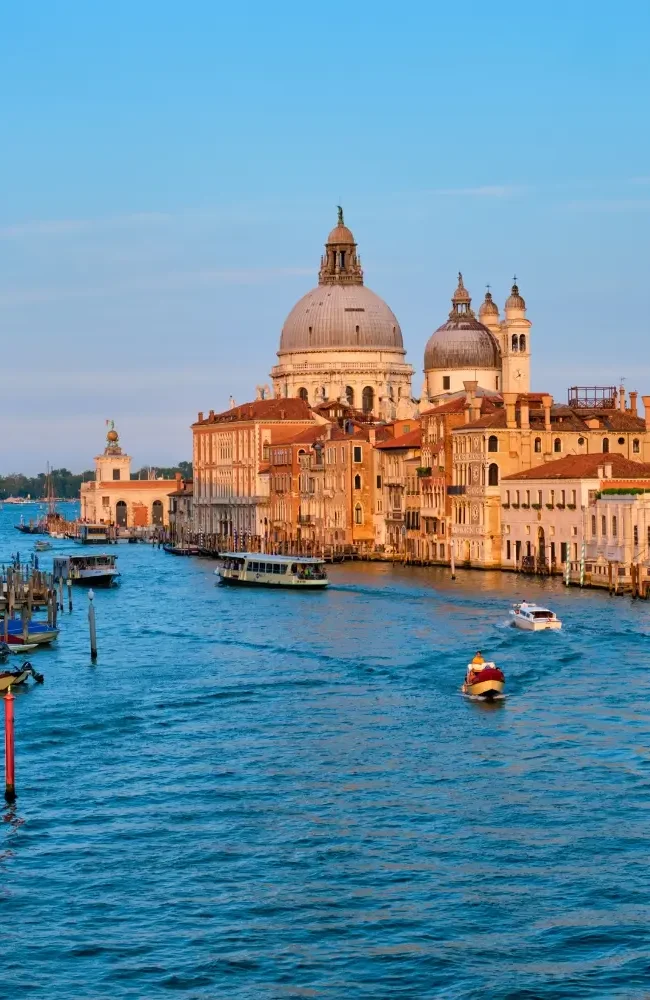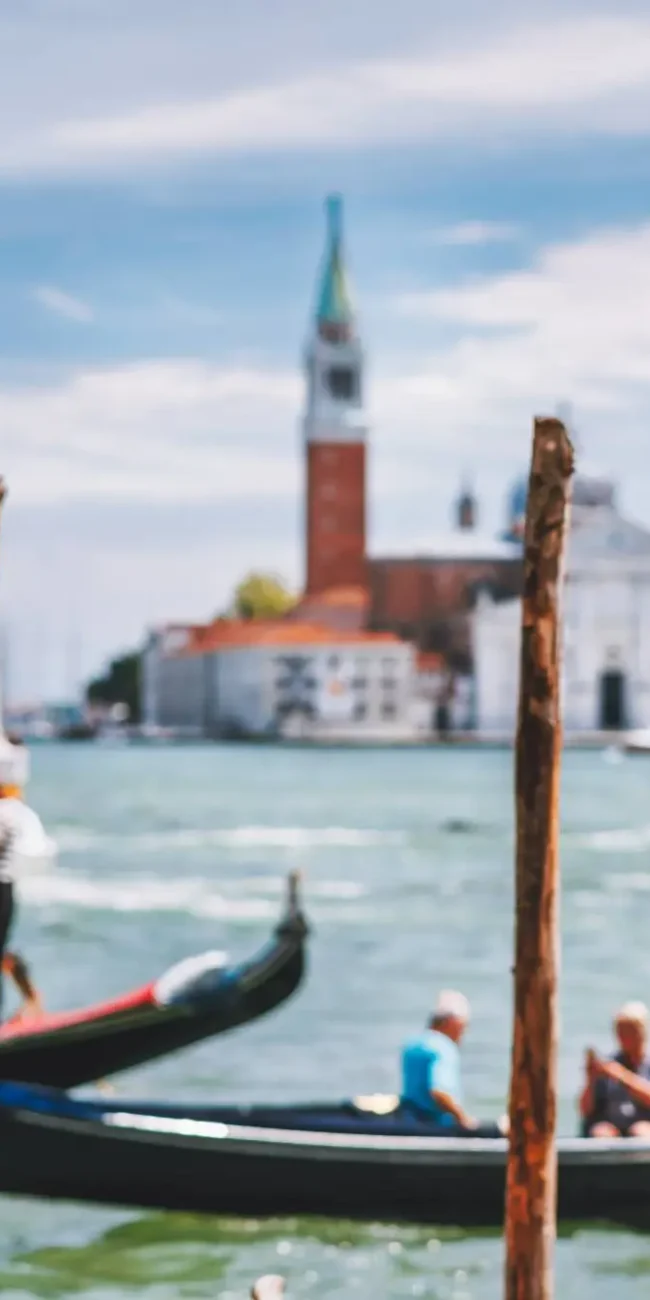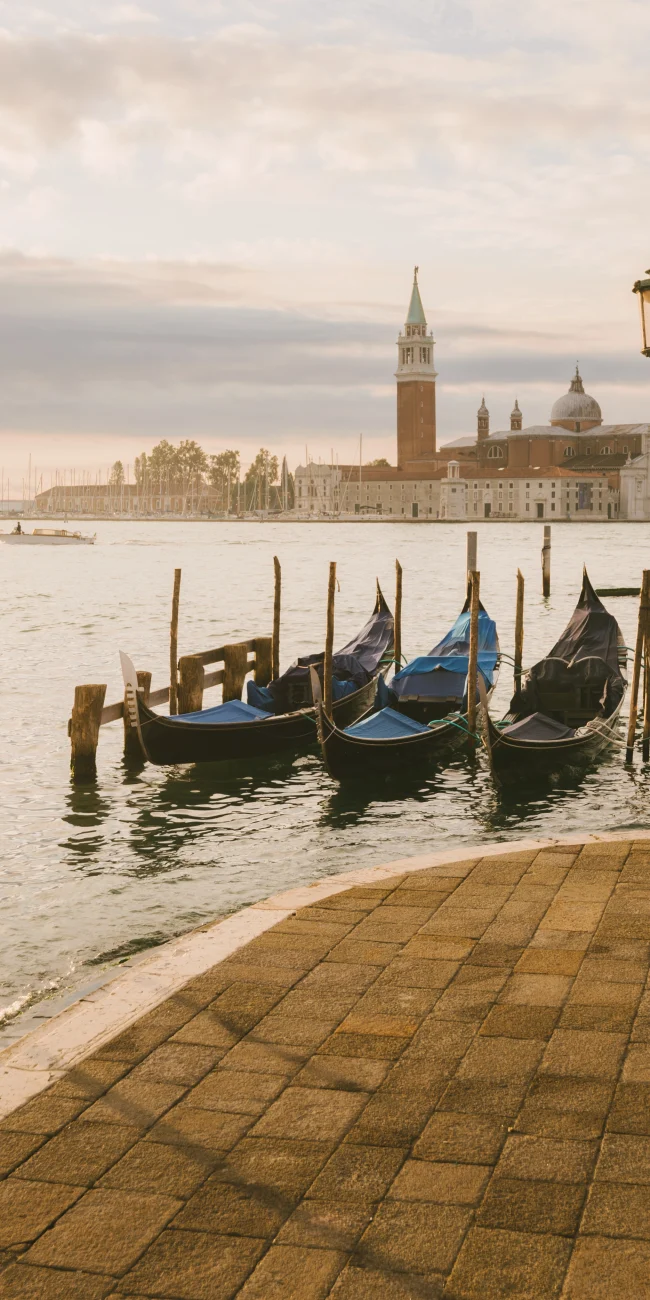When you think of Venice, you picture its canals, bridges, palaces, and shimmering lagoon. But to truly understand the city, you must also taste it, and nothing embodies the Venetian way of life more than the spritz: a simple aperitif that tells the story and spirit of an entire region.
The Origins of the Spritz: A Venetian Invention with European Roots
The history of the spritz dates back to the 19th century, during the time of the Austro-Hungarian Empire. Austrian soldiers stationed in Veneto, unaccustomed to the strength of local wines, would “spray” (spritzen in German) them with sparkling water to make them lighter.
From this simple gesture, a social ritual was born.
Over time, the recipe evolved. Today, the classic spritz consists of prosecco, soda, and a bitter: Aperol, Campari, or Select, the latter created right here in Venice in 1920.
The now-iconic orange glass seen around the world thus has a dual soul: simple in appearance, yet deeply tied to local history and culture.

The Bacaro: Where Spritz is a Daily Ritual
In Venice, spritz is traditionally enjoyed in bacari: small, informal taverns often hidden among narrow alleys and quiet squares, which form the heart of Venetian social life.
Here, people stop by to order un’ombra (a small glass of wine) or a spritz, paired with cicchetti: small plates such as baccalà mantecato (creamed cod), sarde in saor (sweet and sour sardines), meatballs, or crostini with local cured meats and cheeses.
A bacaro is not just a place to drink, but a meeting point: locals, students, workers, and travelers mingle at the counter, chatting before lunch or at sunset.
In this context, spritz is more than just an aperitif: it’s a moment of pause, conviviality, and connection that marks the rhythm of everyday life.
Spritz and Cicchetti: The Perfect Pairing
Ask any Venetian the proper way to drink a spritz, and the answer will always be the same: “with a cicchetto beside it.”
The two are inseparable. The bitterness of the liqueur meets the sweetness of prosecco and finds harmony in the flavors of these small traditional dishes.
It’s an experience every visitor should have at least once, not in tourist spots, but in the bacari where Venetians gather daily to enjoy the true essence of their city.
Discover Venice with the “Walk & Spritz from St. Mark’s to Rialto like a Local” Tour
To experience this tradition in the most authentic Venetian setting, join our new guided tour: “Walk & Spritz from St. Mark’s to Rialto like a Local.”
A two-hour experience that blends history, culture, and flavor into one unforgettable itinerary.
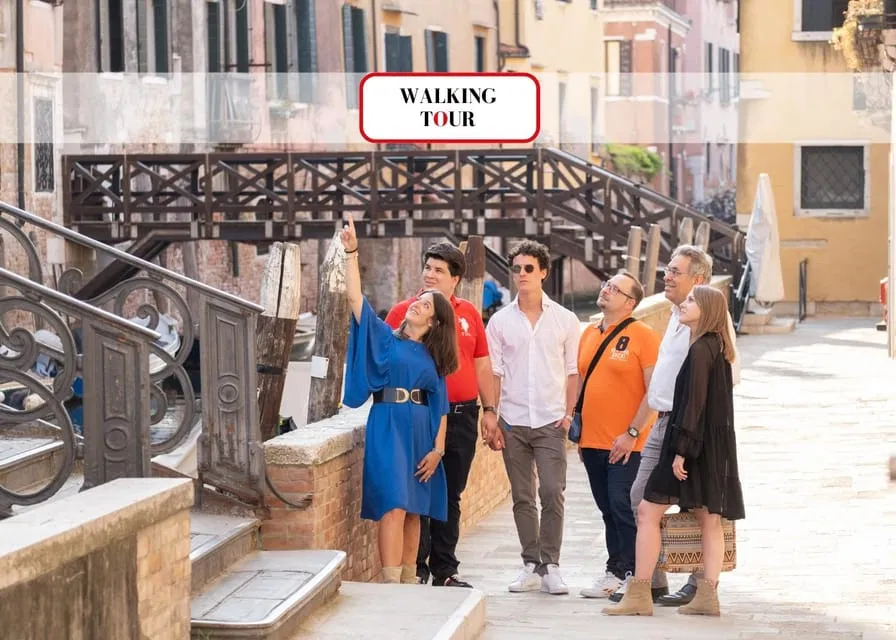
An Itinerary Between Icons and Hidden Gems
The tour begins in St. Mark’s Square, the symbolic heart of Venice, where your guide will introduce the fascinating history of the Serenissima, sharing curiosities about the Basilica, the Campanile, and the Doge’s Palace.
From there, you’ll leave the busiest areas behind and wander into a maze of alleys and small squares.
You’ll pass landmarks such as the Basilica dei Santi Giovanni e Paolo, resting place of many Doges, and admire the elegant Gothic architecture of Palazzo Soranzo Van Axel.
The route also includes Corte Seconda del Milion, where Marco Polo is said to have lived: a tribute to Venice’s mercantile and exploratory spirit.
Spritz Like a Local
Midway through the walk comes the most awaited moment: a stop at an authentic bacaro to enjoy a true Venetian spritz.
No neon lights or tourist menus here: just the genuine atmosphere of places where locals meet every day, and where you can toast like a Venetian with a spritz made the traditional way.
From the Bacaro to the Rialto Bridge
After the tasting, the walk continues to Riva del Carbon, offering a breathtaking view of the Rialto Bridge: the oldest and most famous in Venice, a timeless symbol of its trading past.
In addition to the walking tour and aperitif, the experience includes access to the Venice Gallery, where virtual reality brings centuries of history to life.
You can see what St. Mark’s Square looked like in past centuries and take a virtual journey along the Grand Canal.
For those wishing to extend their visit, there’s an optional add-on: entry to Palazzo Fortuny, a splendid palace overlooking the Grand Canal that once belonged to the artist Mariano Fortuny.

Practical Information
Duration: Approximately 2 hours
Languages: Italian, French, German, Spanish, English
Difficulty: Easy – suitable for everyone
Departure point: A short walk from St. Mark’s Square
Includes: Spritz stop in a traditional bacaro and entry to the Venice Gallery
Optional extra: Visit to Palazzo Fortuny
👉 Learn more and book your tour with us!


